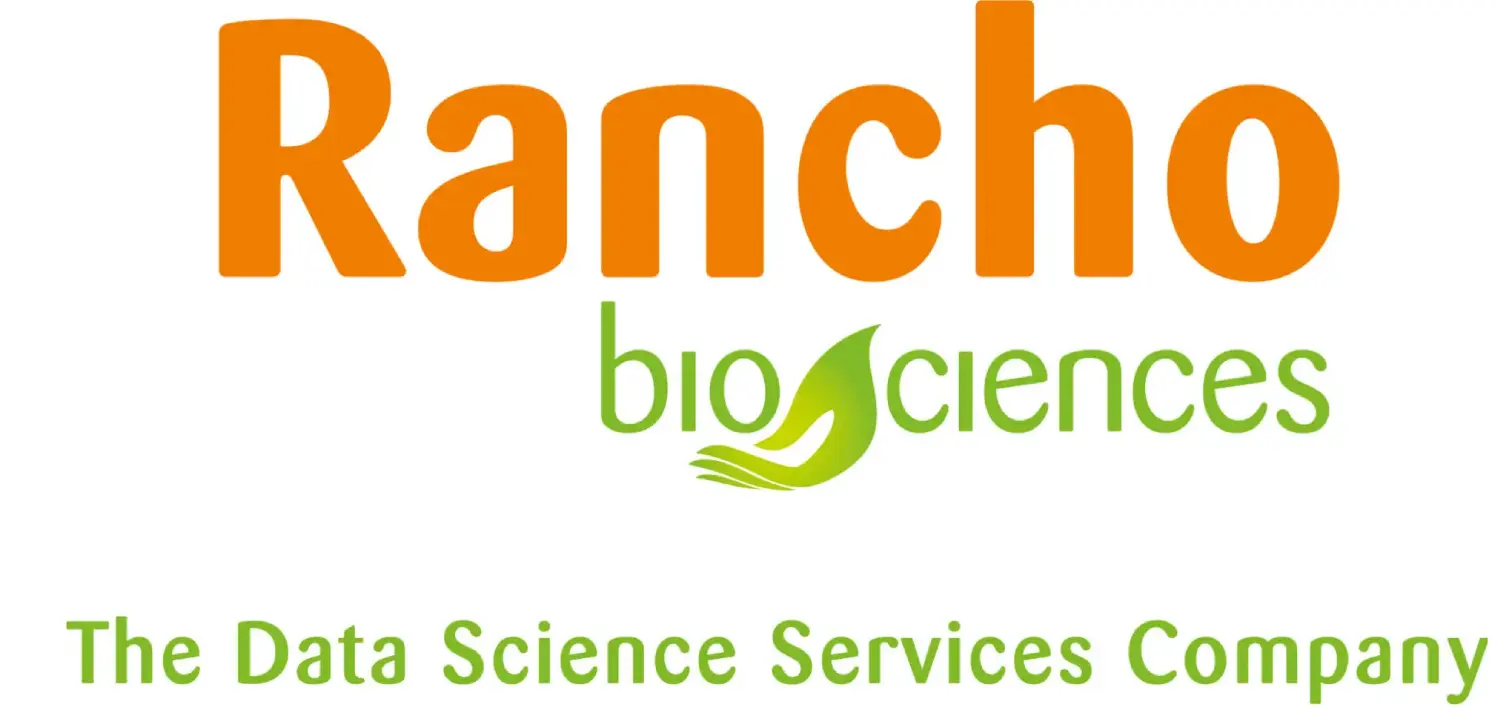Terminology Management Solution (TMS)
Data interoperability relies on ontologies to integrate data across various systems. Without a standard, mapping data becomes tedious and error-prone degrading the accuracy and reliability of your data.
Why Choose TMS?
- TMS streamlines the data cleansing process. With just a few clicks, map your data to over 50 standard ontologies, or your own custom ontologies.
- Save time, reduce effort, ensure data accuracy and consistency, making your data more Findable, Accessible, Interoperable, and Reusable (FAIR).
- TMS transforms a complex process into an efficient, cost-effective, and user-friendly experience.
Video: A simple user interface and easy workflow for term mapping and annotation.
Key Product Highlights
Ontology Manager
Create a tailored, organization-wide data management solution by ingesting custom or public ontologies like UBERON, SNOMED, DOID, RXNORM, CDISC (SDTM and SEND), OMOP and more, ensuring compatibility and precise term mapping. Define your own mapping rules for complete control over data categorization.
Automated Mapping Tools
Use advanced AI semantic mapping and a proprietary fuzzy phonetic mapping algorithm, refined over 8 years, to improve data handling accuracy and adaptability. Quickly correct or add new variations in spelling, pronunciation, and synonyms to ensure precise and contextually relevant mappings.
Simple to Access
Intuitive User Interface
Easily annotate terms and manage ontologies using familiar spreadsheet functions, such as column and range mapping, directly from your web browser - no code needed.
Powerful API Suite
Seamlessly integrate TMS into your existing data pipeline and automate your term mapping processes.
Discover insights hidden in your data
Stop organizing data and start analyzing. Transform your workflows and discover how TMS can easily map terms into your preferred ontology and terminology structure for better insights!
Schedule your free demo today!
